Earth
Sign up for our newsletter
We summarize the week's scientific breakthroughs every Thursday.
-
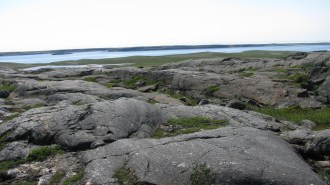 Earth
Earth50 years ago, scientists thought they had found Earth’s oldest rocks
Even older rocks and minerals continue fueling debates over Earth’s crust, plate tectonics and even when life arose.
-
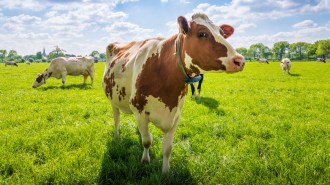 Climate
ClimateCow poop emits climate-warming methane. Adding red algae may help
Adding a type of methane-inhibiting red algae directly to cow feces cut down methane emission from the poop by about 44 percent, researchers report.
-
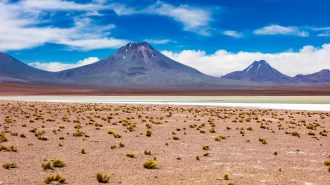 Environment
EnvironmentThe most intense sunlight on Earth can be found in the Atacama Desert
On the Chilean Altiplano plateau, every square meter of the ground receives, on average, more solar power than Mount Everest and occasionally almost as much as Venus.
-
 Climate
ClimateHere’s how much climate change increases the odds of brutally hot summers
Climate change made 2023’s record-breaking heat waves in the United States, Mexico, China and southern Europe much more likely, new simulations show.
By Nikk Ogasa -
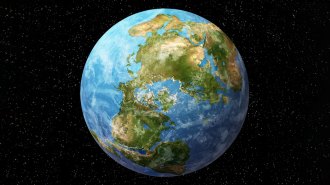 Earth
Earth‘The Next Supercontinent’ predicts a future collision of North America and Asia
In his new book, Ross Mitchell traces the dance of the continents through time to predict what Amasia, the next supercontinent, might look like.
-
 Climate
ClimateWhat’s causing this summer’s extreme heat waves?
Climate change and meandering jet streams are fomenting this summer’s extreme waves of heat.
By Nikk Ogasa -
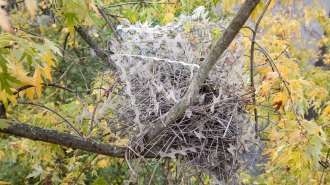 Animals
AnimalsIn a ‘perfect comeback,’ some birds use antibird spikes to build their nests
The spikes were meant to keep birds away. But five corvid nests in Europe use the bird-deterrents as structural support and to ward off predators.
-
 Climate
ClimateLast week was the hottest ever recorded — here’s why we keep smashing records
Global temperature records are being shattered as El Niño and climate change combine to push the Earth into uncharted territory, researchers say.
By Nikk Ogasa -
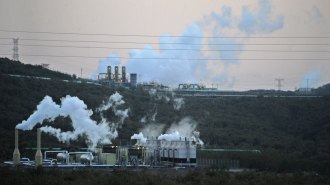 Earth
EarthHow Kenya is helping its neighbors develop geothermal energy
Renewable energy is crucial to halting climate change. In East Africa, the region’s geology makes geothermal energy a viable option.
-
 Earth
EarthWildfires aren’t going away. Here’s how smoke can affect your health
How does repeat exposure to wildfire smoke affect our health? Three experts weigh in on the massive air pollution fueled by Canada’s ongoing fires.
By Meghan Rosen -
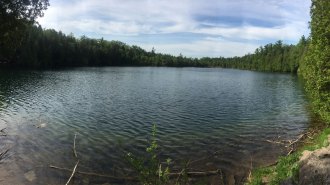 Climate
ClimateCanada’s Crawford Lake could mark the beginning of the Anthropocene
The mud of a Canadian lake holds an extremely precise record of humans’ influence on Earth. But the Anthropocene isn’t an official geologic epoch yet.
-
 Materials Science
Materials ScienceThis ‘thermal cloak’ keeps spaces from getting either too hot or cold
A new thermal fabric prototype could help keep cars, buildings and other spaces a comfortable temperature during heat waves while reducing CO₂ emissions.
By Skyler Ware